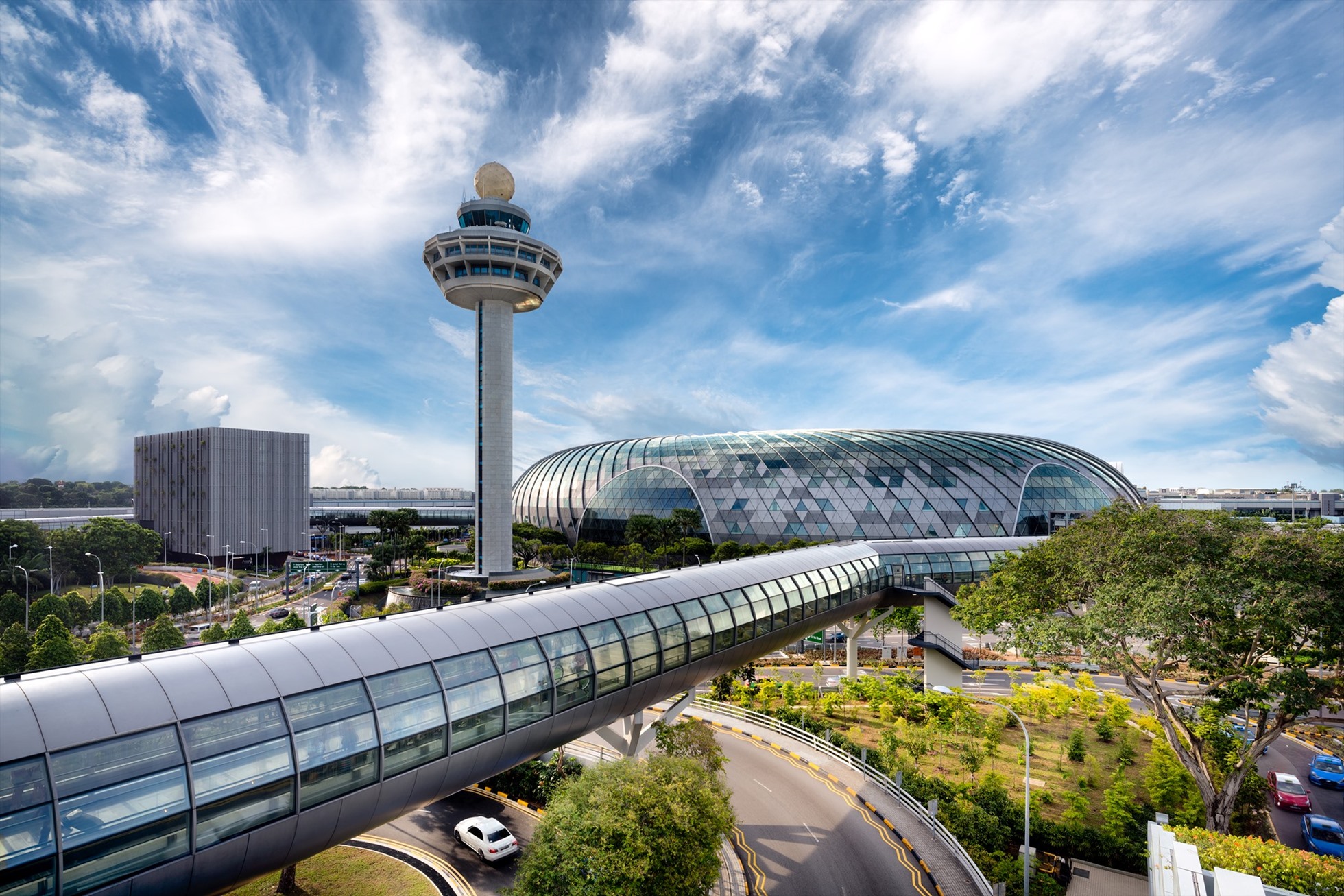According to the 2018 report of the Air Transport Action Group - a group of experts focusing on researching the issue of sustainable development of the aviation industry, more than 58% of all international tourists choose to travel by air.
An early report this year by the International Airport Council (ACI) shows that passenger traffic is expected to reach more than 20 billion by 2039, along with the increasing expectations of passengers about safety, security, and convenience issues at airports.
Many studies have shown that the tourism industry supports 319 million jobs and contributes 8,800 billion USD, accounting for 10.4% of the global economy. By supporting tourism, the aviation industry also helps promote economic growth and eliminate hunger and reduce poverty. In 2014, the aviation industry supported more than 36 million jobs in the tourism sector, contributing about 892 billion USD to global GDP.
The aviation and tourism industries rely on each other for sustainable growth. With the rapid increase in demand for air travel after the Covid-19 pandemic and creating momentum for long-term tourism development, many countries have quickly proposed solutions to upgrade the aviation system. One of the main measures is to invest heavily in airport infrastructure.
Airport takes shortcuts ahead
The city of Zhangniu, Jiangxi Province (China) is a typical example of the development of a locality thanks to its airport. This place is granted rich tourism resources by nature such as Wuyuan - "the most beautiful countryside in China", Sanqing Mountain - a world heritage recognized by UNESCO or Poyang - the largest freshwater lake in China.
After Thuong Nhieu airport was completed in 2016 and officially put into operation in May 2017, this project has helped reduce travel time from major cities by 45%. The airport welcomed 375,000 passengers in 2018 and increased to about 500,000 passengers just 2 years later.
Thanks to the airport, the city's tourism industry has also improved. In 2017, the total revenue from tourism activities of Thuong Nghiao reached more than 21 billion USD, an increase of 31.5% over the previous year. Also in that year, for the first time, Shanghai was in the top 10 tourist cities in China.

In July, the US announced a spending nearly $1 billion on a project to improve and upgrade 85 airports nationwide. Meanwhile, a series of airport projects in Southeast Asian countries such as Thailand and Singapore have also resumed, after the demand for passenger travel and freight transport increased sharply after Covid-19. According to a Thai government spokesperson, three airports in Bangkok will be upgraded and expanded to meet the increased demand for passengers in the upcoming tourist season.
In Singapore, the government has also approved a project to open a fifth terminal at Changi International Airport, which is expected to be completed by 2035. Along with the expansion of Terminal 2 and Terminal 5, after completion, the Changi airport capacity will increase to 140 million passengers/year, an increase of 65% compared to the period before Covid-19.
The above moves show that all countries highly appreciate the significant impact of investment in aviation infrastructure, including the expansion and upgrading of airports on the development of the tourism and transportation industry. In particular, the airport has also become a bridge, taking tourists to explore remote, unknown lands, bringing income to local people
Breakthrough in infrastructure
Some countries such as Singapore, the United Arab Emirates (UAE), the Netherlands... have soon developed airports into a tourist destination, a connecting center of the region. Accordingly, the airport is not only a place to transport passengers and goods but has turned into a shopping, entertainment, sightseeing and resting complex for tourists. Along with that, the presence of architectural works inside the airport overwhelms viewers.
Dubai International Airport (UAE) has been transformed from a small, synchronously planned runway, implemented the construction and upgrading of routes, air traffic control stations and "transformed" into the world's fourth busiest airport in terms of tourist volume, serving nearly 1 billion passengers/year.

To achieve such results, countries have had to untie that big bottleneck, capital. To remove this bottleneck, there is no other way than to call for resources from the private economic sector instead of considering this a "monopoly site" of the state.
Queen Alia International Airport in Jordan is an example. The airport was built when both air traffic and economic growth were low. The rapid growth rate of tourism has caused the airport to be overloaded. Although the government knows that upgrading and expanding airport infrastructure is necessary, it does not have enough resources. Finally, Jordan selected International Finance Corporation (IFC) as an investor in the form of public-private partnership (PPP). It took private partners more than 5 years to complete the project.
Queen Alia later became the first PPP airport in the Middle East and was hailed as a great success. It was recognized as the best airport in the Middle East in 2014 and 2015. The airport's global rating also skyrocketed from 186 to 30 after the PPP project was completed.
In Vietnam, it is not mentioned that there must be world-class airports, but the frequent overload at Noi Bai and Tan Son Nhat airports, along with the lack of airports in areas with great tourism potential, have shown that planning, renovating and expanding the existing airport network is urgent.
It is expected that by 2030, the total passenger volume through airports in our country will reach about 275.9 million. From the experience of other countries, it is necessary to promote the socialization of airport investment, attract businesses with enough human resources to create a breakthrough to bring aviation infrastructure to growth, meeting the increasing demand of tourism.





